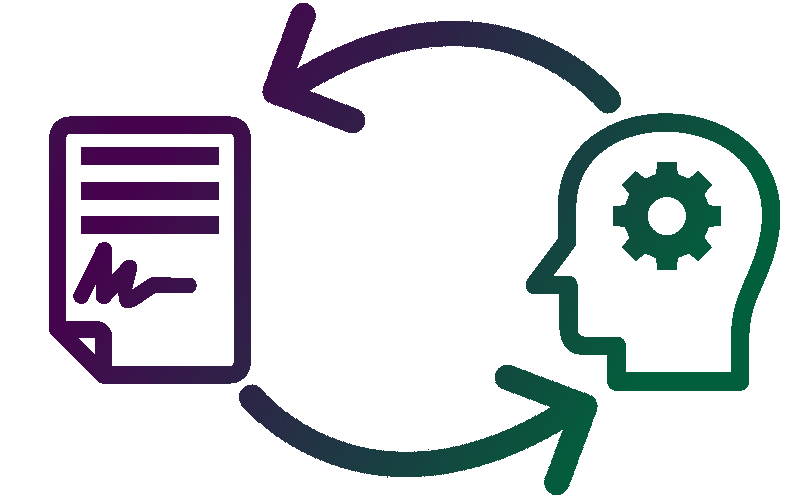I recently participated as a panelist at the Rocky Mountain SLA Conference where we discussed many topics surrounding Knowledge Management (KM). As we discussed the many definitions of KM, one of the attendees inquired about the difference between KM and Records Management (RM). This is a question that many of our clients have also struggled with; lines are blurry between these two fields, and at times KM and RM activities can be at odds with each other when it comes to preserving critical business information. In this article, I’ll explain the similarities between these two fields, the differences between them, and how we can reconcile them.
Similarities of KM and RM
Records Management and Knowledge Management are part of the broader family of the information profession. Organizations rely on their RM and KM teams to adequately manage important information for their business. Both RM and KM seek to capture, categorize, and preserve different types of documents and information throughout their life cycles, so that it can later be found and leveraged by members of the organization for different business purposes. However, it is these business purposes that can create seemingly opposing directions for KM and RM.
Differences
Records Management initiatives and activities are generally driven by compliance requirements. An organization needs to keep items of information to present them to regulating bodies and other authorities if requested, or in the case of litigation. Because of this, the concept of a record is well defined, and commonly accepted to be a piece of information that serves as evidence of a business transaction, process, or activity. The RM function makes sure that not only the organization keeps a copy of the records that it needs, but also that they are easy to find and, most importantly, that they only keep records for only as long as they are needed.
The drivers behind Knowledge Management, in contrast, tend to be more diverse. KM can be driven by an organization’s need to learn from previous initiatives, to become more efficient by not repeating work that has been done in the past, by spurring innovation, or to upskill and onboard staff faster. As opposed to the definition of records, the definition of knowledge is much broader, and usually dependent on an organization’s objectives and constraints. However, knowledge tends to be more fluid and changing in nature, as opposed to the mostly static and unchanging nature of records.
It is because of these different purposes that two main conflicts arise when preserving information:
- Not all information will be preserved as a record. Knowledge can be embedded and codified in a number of documents and information that do not necessarily qualify as records. For instance, unused drafts, templates, and working documents are valuable from a KM perspective, but from the Records Management perspective, these may not be worthy of preservation.
- Retention schedules will trigger the disposal of useful knowledge. Within records management, best practices seek to limit an organization’s liability of legal and regulatory risk by deleting records that have reached the end of their life cycle. However, some records have knowledge embedded in them that others may find useful. The most commonly cited example is usually email. In many organizations, staff use their inbox as a personal knowledge base. However, strict disposition policies mandate that email is deleted after a few months, leaving staff feeling helpless in losing an important knowledge repository.
Reconciling Differences
So, what can we do to overcome these challenges?
- Capture knowledge from records and enhance it. As I mentioned earlier, knowledge is highly dynamic, and can be converted from one form to another. If important knowledge is embedded in records that are bound to be deleted, it can be synthesized and converted into other formats which will either not qualify as a record, or qualify as a record but with longer retention schedules. For example, knowledge in records can be extracted and synthesized into lessons learned, updated policies, enhanced training material, and new templates.
- Open up opportunities for new knowledge creation. Often, staff capture their knowledge in formats that may not be the most appropriate for storage, preservation, and eventual dissemination because it is easy and convenient for them to do so. As knowledge managers we need to make it simple for knowledge to deliberately and systematically be embedded in the appropriate formats. We must identify the critical moments where knowledge can be collected, and make sure that it is embedded in content that is fit for its purpose.
- Integrate change management. The prior two recommendations will require individuals to adopt new behaviors and perform unfamiliar activities. You should introduce changes clearly and deliberately so that your colleagues can understand why it is important for both themselves and the larger organization to change the way knowledge is preserved.
Is your organization seeking to put in place processes, tools, and practices to preserve your institutional knowledge? We can help. Contact us at info@enterprise-knowledge.com to start a conversation.

